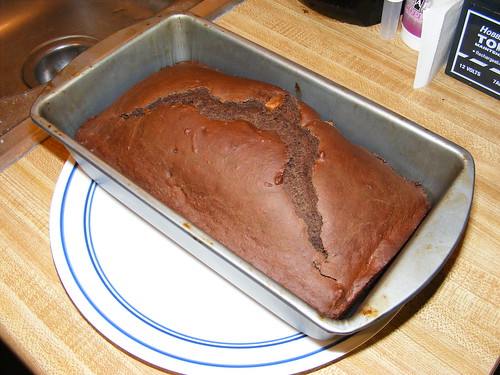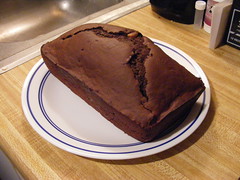The celebration of birthdays is common and taken for granted today. But the celebration of birthdays is a recent phenomenon, a product of the Industrial Age.
The Egyptians
There are instances of birthdays being celebrated since ancient times, but only by important people. The oldest known birthday celebrations took place in Egypt about 5,000 years ago. When a prince was made pharaoh, that moment was considered the transformation of a man into a god and was considered his “birthday”.
The Ancient Greeks
The ancient Greeks observed birthdays, not as a celebration, but because they believed that a spirit is present when each person is born, and that this same spirit was nearby around the same time each year. They also believed that a person was susceptible to evil spirits around the time of their birthday. Family and friends would gather and light candles to ward off the darkness, and make loud noises to frighten off evil spirits. Dates were not precise by modern standards because an accurate calendar had not yet been invented in Europe.
Birthday Celebration for Commoners
The Romans were the first to create holidays to honor famous persons, usually around the approximate date of their birth. The Romans were the first to create a birthday celebration for commoners but it wasn’t an annual thing. When a Roman man reached the age of 50, he was honored with a cake made with cheese and honey. Birthdays of women were ignored for another thousand years.
Birthday Celebrations Prohibited
For hundreds of years, the early Church frowned on the observance of birthdays. It was seen as a pagan practice, something done by pharaohs and heathens. Birthday celebrations were considered evil. Needless to say, the birth of Christ wasn’t celebrated either. Nobody knew the date anyway. From the information in the Bible one can guess it was during tax time in the Roman Empire, which was in the spring.
Common folk found this prohibition easy to abide by. Most didn’t know their date of birth. Common people didn’t have access to calendars and the modern Gregorian Calendar wouldn’t be invented for another thousand years. If a person was baptized, the Church would sometimes record the date, but such dates were approximate, like “the second week of harvest AD 532”. Nobody celebrated their date of baptism. Birthdays were not a thing.
Creation of Christmas
The Church’s ban on birthdays came to an abrupt end when it was decided to celebrate the birth of Jesus coincident with the ancient pagan celebration of Saturnalia.1
The plan was to use the existing celebration of Saturnalia to recruit people into the Church. This is how the date for Christmas was chosen.
Modern Birthday Cakes
Turning the clock forward 1,300 years, the Germans came up with the idea of celebrating children’s birthdays with a birthday cake decorated with one candle for each year of life.2
This celebration, Kinderfeste, was only for young children. The idea of blowing out the candles and making a wish appeared at the same time.
The Industrial Revolution
Another 50 years brings us to the Industrial Revolution in the mid-1800s, about 160 years ago. Several things happened that resulted in the popularity of birthday celebrations for all ages.
The most important change was that people began to have fewer children. Children were seen less as an economically valuable army of working hands and more as emotionally valued members of the family. More attention and emotional energy was invested in each child. Celebration of birthdays became important.
Before this time, the price of the materials needed to make birthday cakes, like sugar and butter, were expensive. Fancy cakes were something for the well-off. The Industrial Age brought prices down and birthday cakes became affordable.
Clocks and printed calendars became affordable and commonplace. People became more focused on time and dates because of the Industrial Age. For the first time, people began to work hourly shifts and needed to know the date and time to be at work, catch a train, and so forth. Education improved and common people learned to tell time and read calendars. People knew their birth dates. Doctors started to record the age of patients as an important parameter. Schools began to group students by ages. All of these changes and much more came very rapidly over a period of just 40 years.
Together, all of the factors above resulted in the widespread celebration of birthdays that continues today. Some people resisted, arguing that celebration of birthdays was self-centered, materialistic, and took attention away from God. But this didn’t become an important point of view.
⊂•⊃
Fun Fact: The Greeks were the first to put candles on a cake, but it wasn’t to celebrate birthdays. A crescent shaped cake was made and decorated with candles to honor the goddess of the hunt, Artemis, who was closely associated with the Moon. Blowing out the candles while making a wish was seen as sending a prayer to Artemis.



Recent Comments